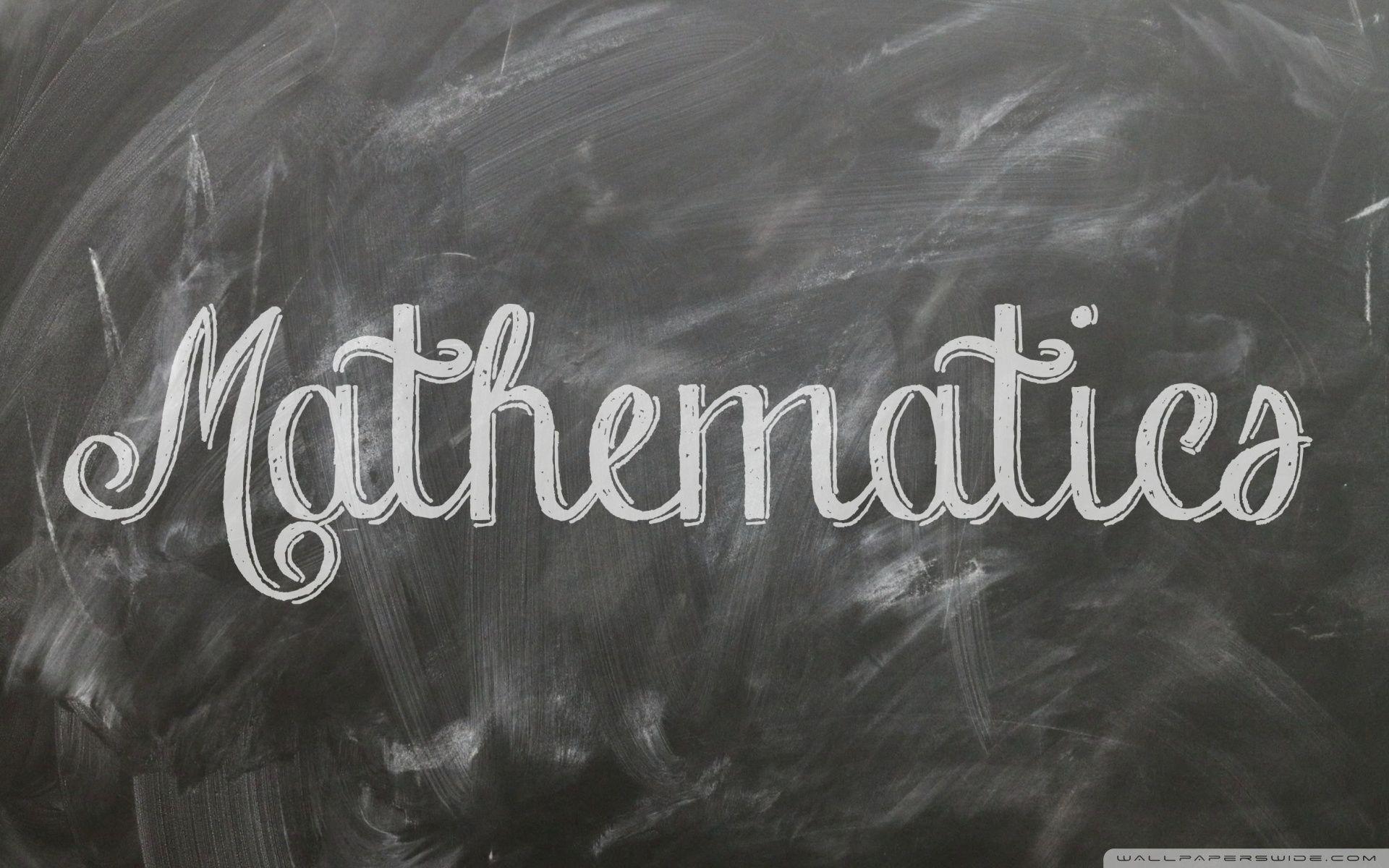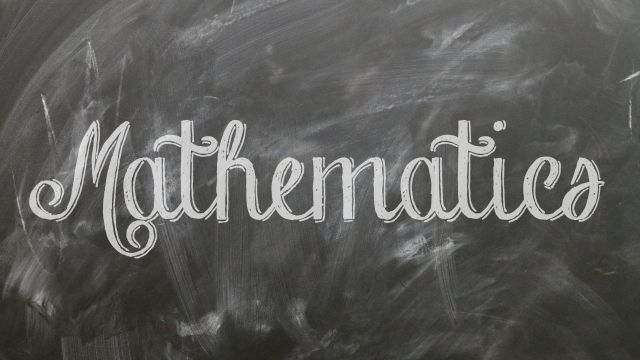Mathematics, often perceived as an elusive and abstract realm, holds a myriad of wonders waiting to be unraveled. Beyond its rigid formulas and complex equations lies a profound beauty, a profound beauty that transcends boundaries and permeates every aspect of our world. From the elegant patterns of nature to the intricate symmetries of art, mathematics serves as the foundation that unites the seemingly disparate pieces of our reality.
At first glance, mathematics may appear like an exclusive language, spoken only by those adorned with the title of "mathematicians." However, it extends far beyond the academic setting, permeating our daily lives in ways we may not even be aware of. Whether it’s calculating restaurant bills, measuring ingredients for a recipe, or even understanding the patterns in music, mathematics serves as a universal tool that quietly shapes our experiences and empowers us with a deeper understanding of the world.
Indeed, the beauty of mathematics lies in its ability to reveal the underlying order and structure that governs the universe. It provides a lens through which we can appreciate the exquisite harmony and symmetry found in nature, from the spirals of seashells to the fractal patterns of trees. By exploring the wonders of mathematics, we unravel the tapestry of the universe and gain a glimpse into the profound interconnectedness of all things.
Join me on a journey as we delve into the captivating world of mathematics, where numbers dance across endless possibilities and equations weave tales of hidden truths. Together, let us uncover the beauty that lies within the complexities of this timeless discipline and celebrate the elegance of numbers. For in unraveling the beauty of mathematics, we discover a realm where the wonders of our world are truly brought to life.
History of Mathematics
Mathematics, a discipline that has intrigued and captivated human minds for centuries, has a rich and fascinating history. From ancient civilizations to modern times, the development of mathematics has been a testament to human ingenuity and the quest for knowledge.
The origins of mathematics can be traced back to ancient Mesopotamia, where the Babylonians and Egyptians made significant contributions. These ancient civilizations developed systems for counting, measuring, and recording data, laying the foundation for mathematical concepts that continue to be used today.
In classical Greece, mathematics underwent a period of remarkable progress. Mathematicians such as Euclid, Pythagoras, and Archimedes made groundbreaking discoveries in geometry, number theory, and calculus. The Greeks’ emphasis on logical reasoning and deductive proofs greatly influenced the development of mathematics as a rigorous discipline.
The Middle Ages witnessed the preservation and translation of Greek mathematical works into Arabic, contributing to the spread of mathematical knowledge. Islamic scholars such as Al-Khwarizmi revolutionized algebra and introduced the concept of zero, paving the way for the development of modern algebraic notation.
The Renaissance marked a period of renewed interest in mathematics, spurred by advancements in art, architecture, and science. Mathematicians like Leonardo da Vinci, Johannes Kepler, and Galileo Galilei revolutionized the understanding of mathematical principles and their applications.
In the 17th and 18th centuries, mathematics underwent a profound transformation with the advent of calculus. The works of Isaac Newton and Gottfried Leibniz laid the groundwork for this revolutionary branch of mathematics, which revolutionized the fields of physics, engineering, and economics.
The 19th and 20th centuries witnessed unprecedented developments in various branches of mathematics, including abstract algebra, number theory, and mathematical logic. The work of mathematicians such as Carl Friedrich Gauss, Évariste Galois, and Kurt Gödel pushed the boundaries of mathematical knowledge and paved the way for new discoveries.
Today, mathematics continues to evolve and find new applications in diverse fields such as computer science, cryptography, and data analysis. Its universal language helps us understand the world around us and provides us with powerful tools to solve complex problems.
Throughout its history, mathematics has served as a fundamental pillar of human civilization, shaping our understanding of the universe and fueling scientific progress. As we delve deeper into the wonders of mathematics, we uncover its beauty and appreciate the impact it has had on our lives.
Applications of Mathematics
In the world of mathematics, the practical applications are seemingly boundless. From the simplest calculations to the most complex equations, mathematics is a tool that permeates every aspect of our lives. Let’s explore some of the captivating ways in which mathematics finds its place in various fields.
-
Engineering and Technology: Mathematics serves as the foundation for engineering and technology advancements. From designing bridges to developing software, engineers and technologists rely on mathematical principles to ensure safety, efficiency, and innovation. Calculations involving physics, mechanics, and computer programming are just a few examples of how mathematics contributes to this domain.
-
Finance and Economics: In the realm of finance and economics, mathematics plays a crucial role in making sound financial decisions. Mathematical models are used to analyze data, predict trends, and evaluate risks in investments and markets. From calculating interest rates to formulating complex algorithms for trading, mathematics enables the understanding and manipulation of monetary systems.
-
Medicine and Healthcare: Mathematics also finds its application in the field of medicine and healthcare. Medical professionals use mathematical models to understand the spread of diseases, predict outcomes of treatments, and develop dosage recommendations. Applied mathematics helps in medical imaging, enabling the interpretation of diagnostic tests such as X-rays and MRI scans. Additionally, mathematical optimization techniques aid in resource allocation and scheduling within healthcare systems.
These examples only scratch the surface of the vast range of applications for mathematics. Whether it is in the realms of physics, computer science, statistics, or even everyday tasks like budgeting and cooking, mathematics continues to be an indispensable tool that unravels the mysteries and enhances our understanding of the world around us.
The Beauty of Mathematical Patterns
In the realm of mathematics, one cannot overlook the mesmerizing allure of mathematical patterns. These patterns, like delicate threads woven within the fabric of numbers, reveal an inherent order and harmony that captivate the imagination.
One of the most enchanting aspects of mathematical patterns is their ability to repeat endlessly, creating a sense of eternal rhythm. Take the Fibonacci sequence for example, where each number is the sum of the previous two: 1, 1, 2, 3, 5, 8, 13, and so on. As this sequence extends, it unveils an exquisite pattern, showcasing the remarkable symmetry inherent in nature and the universe.
Another intriguing mathematical pattern is found within the concept of fractals. These intricate shapes, such as the famous Mandelbrot set, exhibit self-similarity at various scales. Zooming in on a fractal reveals an infinite repetition of intricate patterns within patterns, unveiling a mesmerizing beauty that seems to transcend the boundaries of our imagination.
Furthermore, mathematical patterns often play a fundamental role in the understanding of various scientific phenomena. From the periodicity of waves to the spiraling patterns of galaxies, mathematics provides us with a language to discern, describe, and appreciate the intrinsic harmony present in the world around us.

In conclusion, the beauty of mathematical patterns lies in their ability to unravel the secrets of the universe, showcasing the elegance and orderliness that underlies our reality. Just as an artist creates a masterpiece with brush strokes, mathematicians reveal the wonders of the world through the gentle strokes of numbers, highlighting the enchanting symphonies hidden within mathematical patterns.

